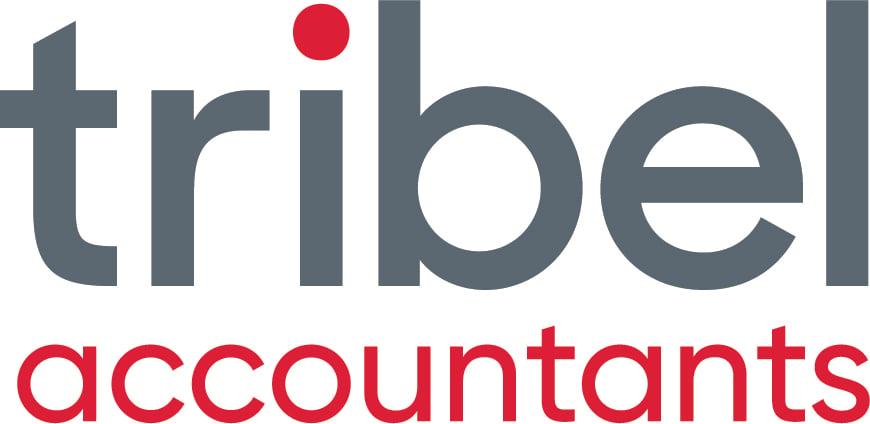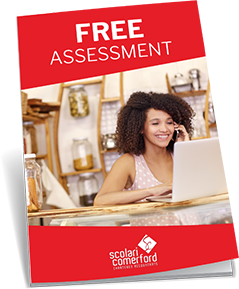INTRODUCTION:
In the brave new digital era, the heat is on for small business accountants to work through a systemised process that will give their clients a path to success. By tying this process in with a one page strategic plan and you will have a dynamic focus to get your business where you want it to be and a much better chance of exiting it when you decide you want to.
Here are 7 steps that provide some structure to a client's pathway to success.

Figure 1: The path to success usually requires a structured approach or things can get a bit a woolly & you'll need Ado 'The Gun' to tidy yourself up.
1. Start With A Business Valuation
If you wish to truly improve your business, you need to understand what it might be worth in the current marketplace by getting a small business valuation done. Be careful not to just think that you get profit "& multiply it by three" as many think as this will not be a true indication and there is far more to it than that. Experienced business valuers look for things other than numbers and past results when assessing what the business value might be.
2. Compare Your Business Valuation To The Market Average
Once you have an idea of what your estimated business value is, compare it to the average in the market place and see whether your business is above or below the average. This can be done by accessing sales and purchase data of similar businesses. If your small business accountant subscribes to various business sales data they should be able to give you an indication on how your business compares.
3. Work Out Your Value Gap
Sit down and work out how much money you might need to retire or get out of the business after tax. If you sold your business as worked out in Step 1 above, chances are there is going to be a 'value gap'. From here you can work backwards to figure out what your business would need to be approximately worth when you go to sell it in order to meet your minimum requirements.

Figure 2: Mind the gap! Do you know how much you will need to improve the value of your business to get out in accordance with your wishes?
4. Optimise Profit & Cash Flow
By working with your business advisor (accountant), you can plan out what sort of profits and cash flow your business will need to get to over a period of 1-5 years in order for you to give yourself the best possible chance of selling.
This is where three way budgets which include projections for profits, balance sheet and cash flow forecasts are critical in this whole exercise.
Working on improving key performance indicators (KPIs) will assist generating cash into the bank and identify any shortfalls particularly where business growth is required. In this way you can take action to make sure that any shortfall can be rectified either through better cash flow management or an injection of funds from banks or investors.
5. Use Benchmarking To Compare Your Strengths & Weaknesses
It is always a good idea to review your strengths and weaknesses by comparing your data to benchmarks in the industry. It could be gross profit margins, revenue per employee, % of costs on turnover, average rent space etc but this will give you a guide on what areas to concentrate almost immediately.
You can always improve your business value by minimising risk. To do this we go through the results of a client's Risk & Value Driver Assessment which is a very simple multiple choice questionnaire which will take about 20 minutes to fill in. Based on responses we can give the effect on the business multiple the current risks in your business have on value.
We can then perform what-if scenarios as you improve your responses over time with some based on actual financial performance but others based on matters other than financial.

Figure 3: Finding out near the end that your business was not what you thought can be like losing an Dubbo Under 12s Grand Final in Golden Point!
6. Each Year Revisit Your Business Valuation
Over time, as you implement the plan to improve your numbers and reduce your risk, your small business valuation can be updated accordingly very simply and quickly. It might be you are ahead of schedule and can start to exit the business more quickly or it could indicate that you have more work to do.
7. Tweak Your Plan Accordingly
As you update your business valuations, consider tweaking your one page strategic plan and medium to short term goals. Like a rocket on the way to the moon, you will fall off line occasionally but will keep moving back to the correct course as you make subtle adjustments to improve your business.
CONCLUSION:
Having a well thought approach to your succession plan from your business is critical to any successful business exit.
Use an approach with your accountant like above and you will go a long way to reaching your financial goals. Ignore such an approach, be aware that you might be in for a very rude shock when you decide it's time to get out!



.png?width=100&height=100&name=COVID_Safe_Badge_Digital%20(002).png)



